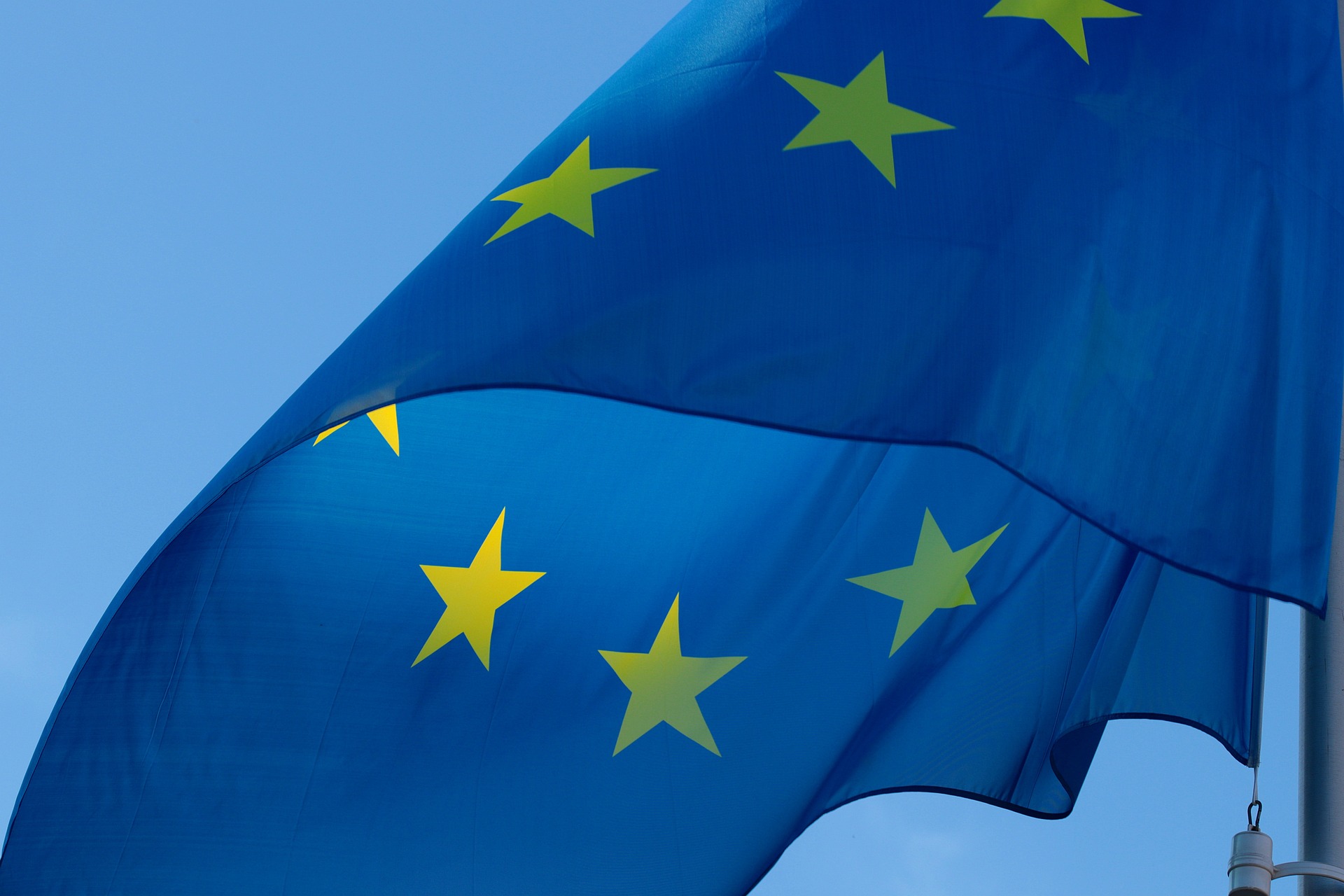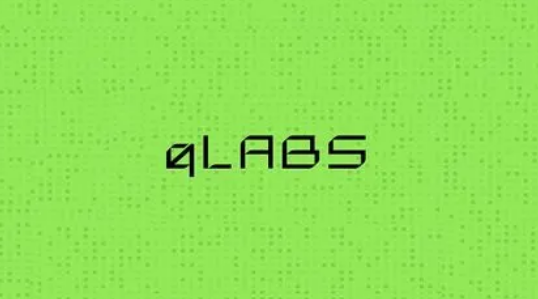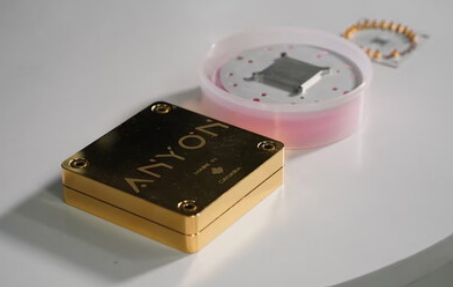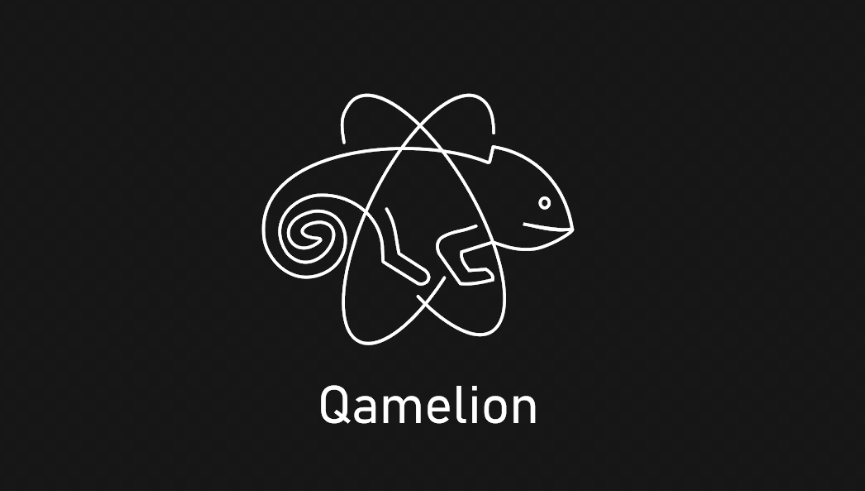Insider Brief:
- Europe’s globally-competitive quantum technology ecosystem, comprised of SMEs, corporations, leading scientists, projects, start-ups, and spin-offs, is showing strong signs of growth, a new report shows.
PRESS RELEASE/Europe/February 8, 2023 — The new study published by the European Commission called “Taking the lead in the quantum revolution” shows Europe’s quantum technology ecosystem is thriving with a suite of solutions being developed by projects, start-ups, and spin-offs for a number of applications, including sensing, communication, and computation.
The driving force behind many of the continent’s quantum technology breakthroughs since 2018 is the Quantum Flagship — Europe’s €1 billion, ten-year research and innovation program, the report reveals.
Growth from Ramp-Up Phase

Since the initial four-year ‘ramp-up’ phase (2018–2021) began, Europe’s 1500 quantum scientists across 236 organizations filed 105 patents (with 64 already granted) and published 1313 scientific papers (with a further 223 under review).
Investment in quantum technologies has been vital in establishing strong growth within the sector. According to the report, during the ‘ramp-up’ phase, the European Commission invested €150 million to support 24 consortia involving leading research institutions and companies.
This growth phase was complemented by the QuantERA project — a network of 39 public Research Funding Organizations (RFOs) supporting research and innovation in Quantum Technologies — which leveraged a combined €88.9 million. These combined activities helped establish 25 start-ups and spin-offs which are working to commercialize communication, computation, simulation, sensing, and metrology solutions.
The report notes the Flagship’s efforts to move advanced quantum technologies from the laboratory to industry with a suite of prototypes and products ready for market.
Highlights of the Quantum Flagship
Quantum Computing — the Flagship’s researchers have been investigating the most promising scalable quantum computing platforms (superconducting, trapped ions, silicon) to assemble working quantum processors for each approach.
OPENSUPERQ is building a globally competitive quantum computer system based on superconducting integrated circuits to outperform classical computers. It will be available at the national research institution, Forschungszentrum Jülich (DE) early 2023. The system is based on integrated electric circuits made from superconducting metals, combining the whole stack of necessary hardware and software components.
The OPENSUPERQ quantum computer has measurement and cryogenics systems that can hold 100 qubits with state-of-the-art errors in gate operations and has a processor which has already been used for a global first in quantum error correction with 17 qubits.
Meanwhile, the Flagship’s researchers at the AQTION project have been developing an ion-trap quantum computer — a system using ions trapped by electric fields and manipulated with lasers.
Quantum Internet — Researchers in the Flagship’s Quantum Internet Alliance (QIA) project have taken the first step into offering a fundamentally new quantum internet technology by enabling quantum communication between any two points on Earth.
QIA has created a network around three quantum nodes 1.3 km apart, enabling the end-to-end delivery of qubits between any two-network nodes, one qubit at a time.
The project has connected two quantum processors through an intermediate node, establishing shared entanglement between multiple stand-alone quantum nodes.
Quantum Sensing and Metrology — The Flagship’s ASTERIQS H2020 project has developed some of the world’s most advanced quantum sensors based on nitrogen-vacancy (NV) centres in ultrapure diamonds, which will make lightweight and efficient batteries possible for wide-spread use of electric cars in place of fuel cars.
Metaboliqs is currently developing promising approaches for improving medical imaging diagnostics and spectroscopy by using more precise, practical, and efficient nuclear magnetic resonance (NMR).
The quantum microscope developed by Metaboliqs will provide researchers with a unique tool that significantly advances cell analysis and creates new opportunities for in vitro diagnostics and medical research.
European Quantum Outlook
The report finds that the initial ramp-up phase has established strong foundations upon which Europe can build its globally-competitive quantum ecosystem of SMEs, corporations, investors, and leading researchers.
The success of the Flagship’s ramp-up phase has enabled significant investment from major national quantum initiatives, creating funding comparable to that already committed by the Flagship (€2 billion in Germany, €1.8 billion in France, and €670 million in the Netherlands). The authors note that coordinating research at national and European levels is more critical than ever, given that no single country can carry out the complex endeavors required to develop quantum technologies by itself.
At the time of publication, the first quantum computers are being acquired and deployed in EuroHPC. Similarly, the Flagship continues to mature other qubit approaches so that they can be sufficiently deployed over the coming years. As the Flagship moves into its second era, it will continue to mature its quantum computers and develop the most promising new technologies, such as photonic quantum computing.
Several projects have secured a second phase of European funding to establish, maintain and implement a strategic research roadmap in targeted quantum pillars, such as the EuroQCI and EuroQCS projects launched to develop quantum infrastructures.
At the end of 2022, updates to the Strategic Research and Industry Agenda (SRIA) and the Strategic Industry Roadmap (SIR) from the Quantum Industry Consortium (QuIC) were published based on the Strategic Research Agenda (SRA). These updates introduced the industrial perspectives for quantum technologies and the Flagship’s links to other quantum initiatives, such as the European High Performance Computing Joint Undertaking (EuroHPC), the European Quantum Communication Infrastructure initiative (EuroQCI), and the European Chips Act.
A new Strategic Research and Industry Agenda will be published in 2023, reflecting the Flagship’s progress so far and setting goals for its future. The Commission will continue to support the Flagship until 2027 with at least €500 million in funding from Horizon Europe.
To read the report, “The EU’s quantum technologies flagship. Taking the lead in the quantum revolution: an overview of major achievements in 2018–2021 (Ramp-Up Phase)”, in full, please download from the following link.
=== ENDS ===
About the Quantum Flagship
The Quantum Flagship is a large-scale initiative funded at the €1b level on a 10-year timescale. It consists of a coherent set of research and innovation projects selected through a thorough peer-review process. Calls for projects are issued based on the Flagship’s Strategic Research Agenda (SRA), thus ensuring that all actors are aligned in pursuing the Flagship’s goals.
The goal is to consolidate and expand European scientific leadership and excellence in this research area, kick-start a competitive European industry in Quantum Technologies, and make Europe a dynamic and attractive region for innovative research, business and investments.
Featured image: NoName_13 from Pixabay
For more market insights, check out our latest quantum computing news here.


















